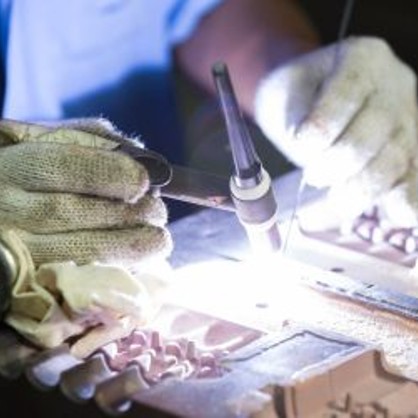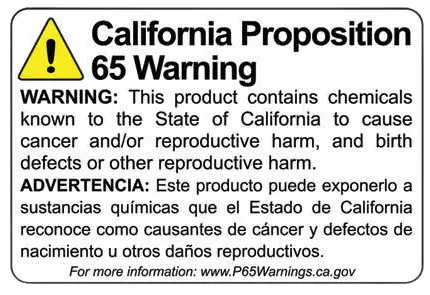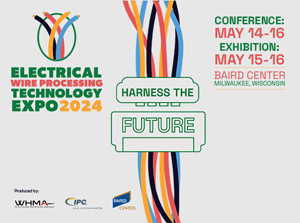 When it comes to micro TIG welding, precision isn’t just important — it’s everything. Whether you’re welding miniature medical devices, aerospace components, or high-tolerance electronics, even the slightest variation in parameters can make or break a weld. At Nu-Tech, we specialize in delivering flawless, consistent micro TIG welds for the most demanding industries. Here’s what really matters when fine-tuning your micro TIG welding parameters.
When it comes to micro TIG welding, precision isn’t just important — it’s everything. Whether you’re welding miniature medical devices, aerospace components, or high-tolerance electronics, even the slightest variation in parameters can make or break a weld. At Nu-Tech, we specialize in delivering flawless, consistent micro TIG welds for the most demanding industries. Here’s what really matters when fine-tuning your micro TIG welding parameters.
1. Amperage Control: Less Is More
In micro TIG welding, amperage typically ranges from 0.1 to 15 amps, and controlling it with exact precision is essential. Too much current can result in excessive heat input, distortion, or burn-through, especially when working with thin materials like titanium, stainless steel, or nickel alloys. Nu-Tech uses precision power supplies with fine amperage resolution, ensuring the weld pool is tightly controlled at every stage.
2. Electrode Type & Size
Choosing the right tungsten electrode is vital. 2% thoriated or ceriated tungsten is often preferred for its ability to maintain a stable arc at low amperages. Electrode diameter is just as crucial — micro TIG typically uses electrodes as small as 0.010″ (0.25 mm). At Nu-Tech, we customize our electrode profiles and tip shapes to match material type, weld joint geometry, and current levels for unmatched precision.
3. Arc Length
Maintaining a short and stable arc length — generally less than 0.020″ (0.5 mm) — is a must. A longer arc can create instability and lead to excess heat and oxidation. Nu-Tech’s micro TIG welding systems include high-magnification optics and precise torch holders, allowing our technicians to control arc length down to the micron level.
4. Pulse Settings
Pulsed micro TIG welding allows better control over heat input and penetration. The pulse frequency, peak current, and background current must be tailored to the part’s material and thickness. For ultra-thin welds, high-frequency pulsing (up to 500 Hz or more) is common. Our technicians fine-tune these variables for each weld to avoid cracking, minimize HAZ (heat-affected zone), and improve cosmetic quality.
5. Shielding Gas Purity
Shielding gas protects the weld zone from oxidation and contamination. In micro TIG, even small amounts of impurity can cause discoloration or porosity. Nu-Tech maintains ultra-clean gas delivery systems with low-flow precision regulators to protect weld integrity and surface finish.
6. Torch Movement & Travel Speed
Because of the small scale, hand tremors and speed variation can have a dramatic impact. Nu-Tech often employs CNC-controlled micro TIG systems or custom-built fixtures to ensure repeatable, consistent torch motion. Travel speed must also be tightly controlled — too slow and you overheat the weld area, too fast and you risk poor fusion.
7. Filler Metal Usage
While micro TIG can be done autogenously (without filler), in many applications a fine-diameter filler wire is used — sometimes as small as 0.005″ (0.13 mm). Feeding the wire accurately is essential. At Nu-Tech, we offer manual and mechanized filler wire options, depending on the weld complexity and access.
Why Nu-Tech Leads in Micro TIG Precision
At Nu-Tech, we understand that no two micro welds are alike. Every part, every alloy, and every application comes with its own set of challenges. That’s why we invest in state-of-the-art micro TIG equipment, controlled environments, and highly skilled welders trained in ultra-fine tolerances.
Whether you’re in aerospace, medical manufacturing, nuclear, or microelectronics, we can help you achieve welds that are not only structurally sound but also visually perfect.

